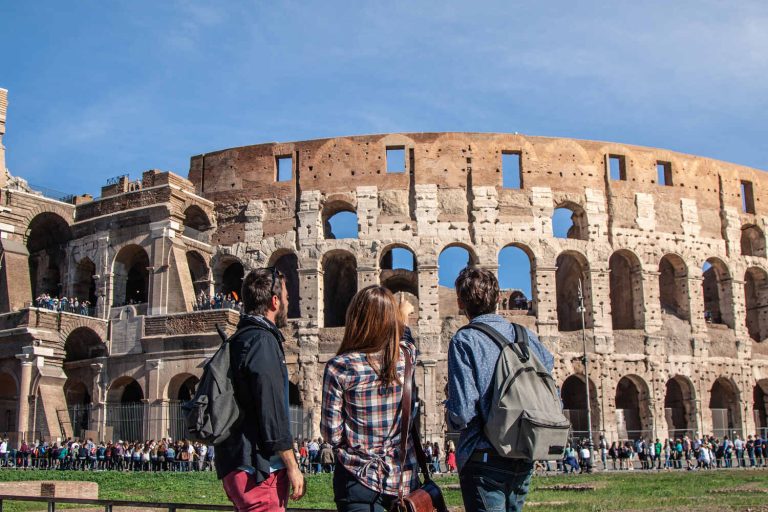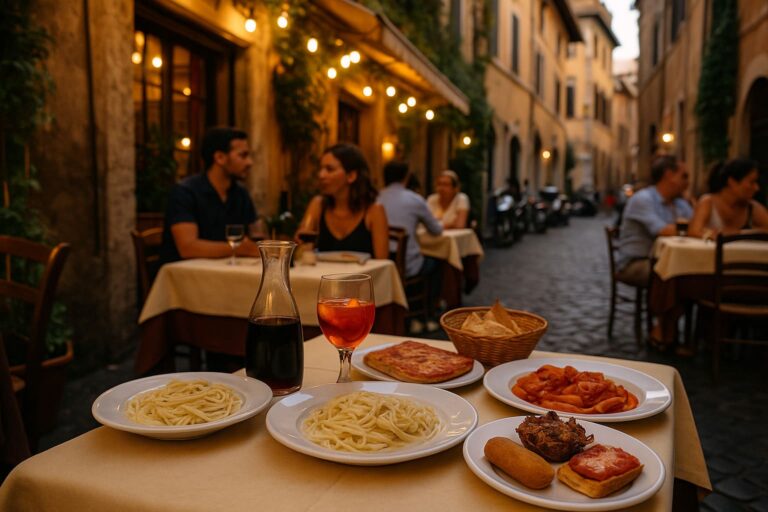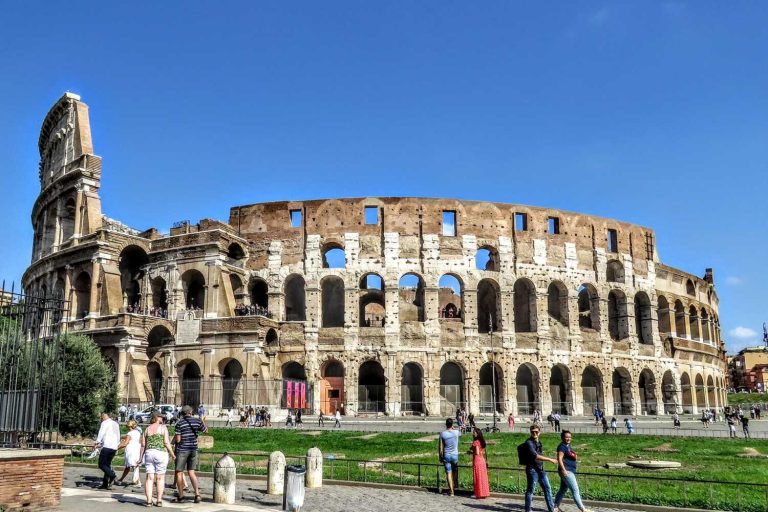10 Local Tips for Visiting the Colosseum in Rome in 2024
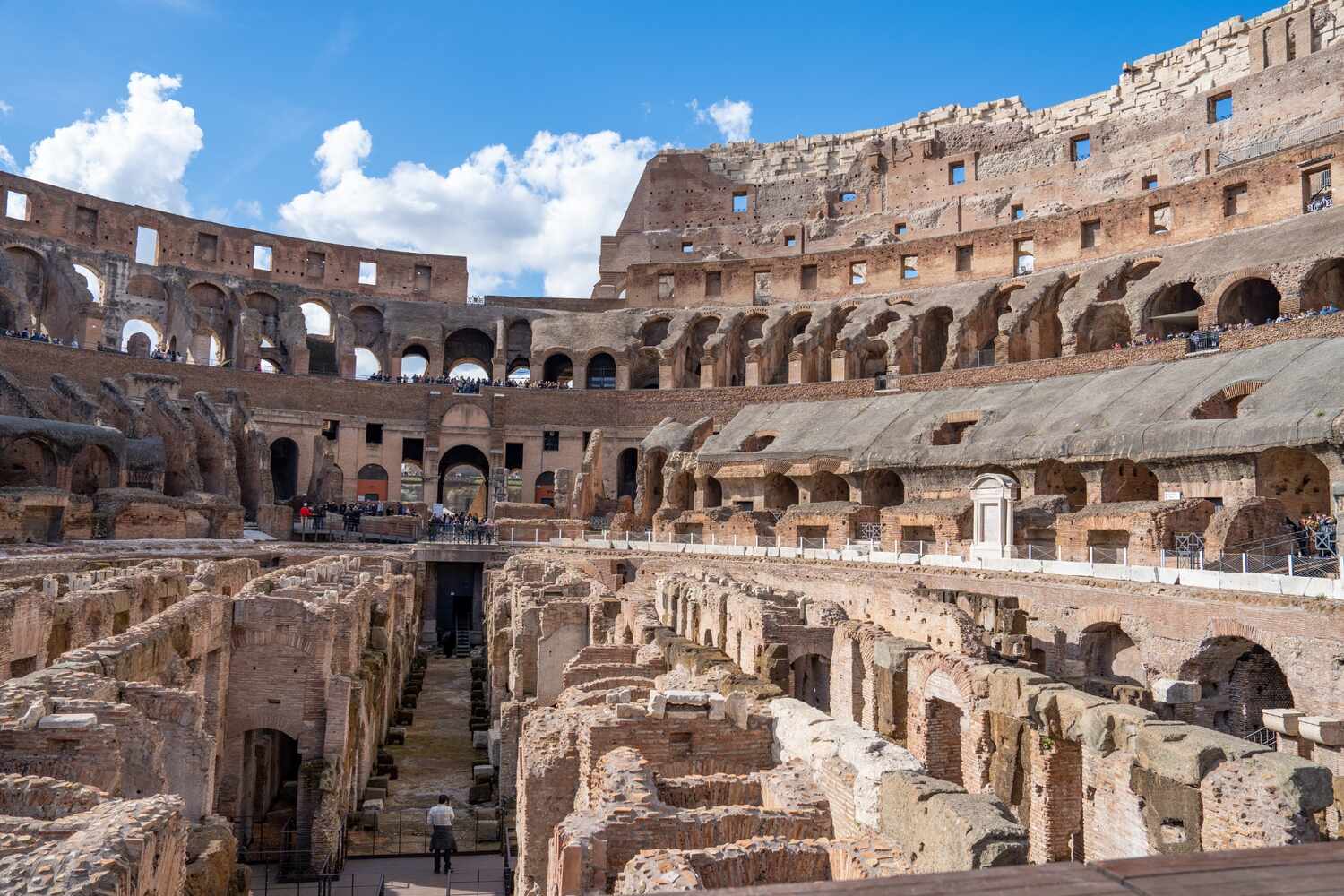
Planning to visit Rome? To make the most of your trip, you will want to know some local tips for visiting the Colosseum and make the whole experience as smooth as possible.
In this guide, we will go through our tips for visiting that we are confident will be beneficial for your visit.

Tips for Visiting the Colosseum – Summary
Before discussing our travel tips for the Colosseum, let’s discuss the ticketing system and the best time to visit, which are typically beneficial for first-timers.
The Colosseum’s Ticketing System
You have to get your tickets for the ancient stadium online before you go. You can’t buy them at the door. The Colosseum is one of the most popular places in Rome, so grab your spot well in advance.
When you book early, you can plan your trip with no last-minute ticket stress, which is way easier. Plus, you avoid the big lines that can waste a lot of your time.
We say book your tickets the moment you know you leave to Rome, as they may sell out fast, especially when it’s the busy season.
Best Times to Tour the Ancient Arena
For a more enjoyable experience, you will want to visit the Colosseum early in the morning, later in the afternoon, or take a tour of the Colosseum at night.
You’ll skip the busiest times that way, especially the midday rush when the sun’s right overhead. The cooler months, from November to February, can be a sweet spot too—not as many tourists, and the weather isn’t too hot for wandering around.
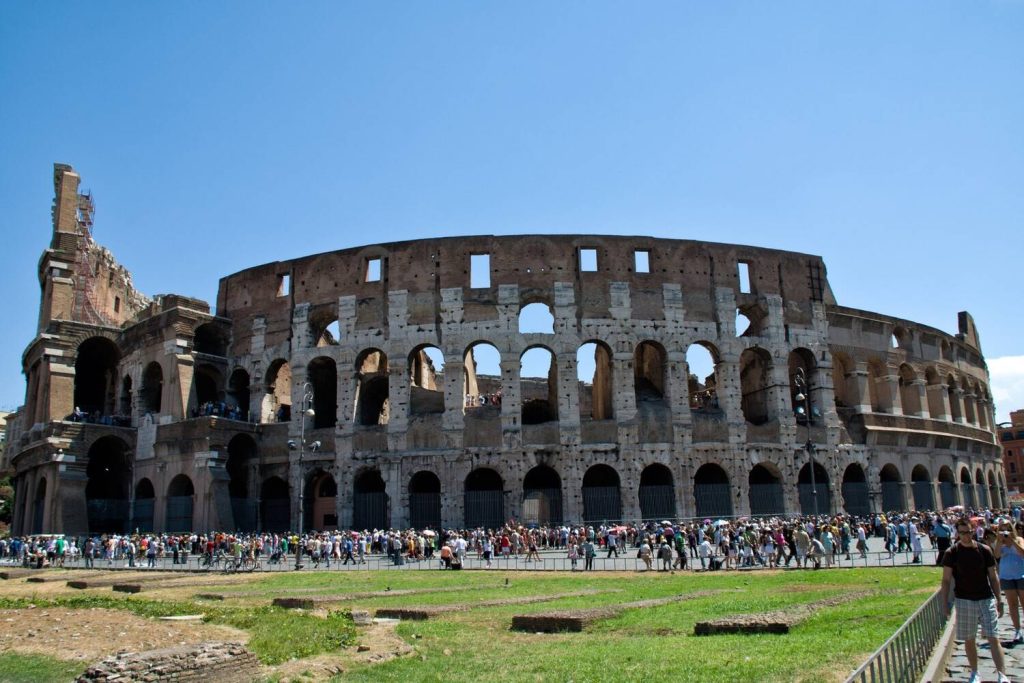
Tips for Visiting the Colosseum
A trip to the iconic Colosseum is a highlight for many. To make the most of your trip, it helps to know how to avoid crowds.
Also, think about the time of year you go. Keep reading for tips that will help you enjoy your visit to this ancient stadium.
Visit in the Early Mornings and Late Afternoons
You will want to come early day or late day for a smoother trip. These times are quieter and let you really take in the Colosseum without crowds of people everywhere.
Starting off early means it’s not as hot, and you can see the Colosseum in the soft morning light. Or, going late means you catch it in the nice dusk light, perfect if you travel for photography.
Also, this plan lets you make the most of your day, freeing you to see more Roman spots or unwind at a cafe when it’s hot at midday.
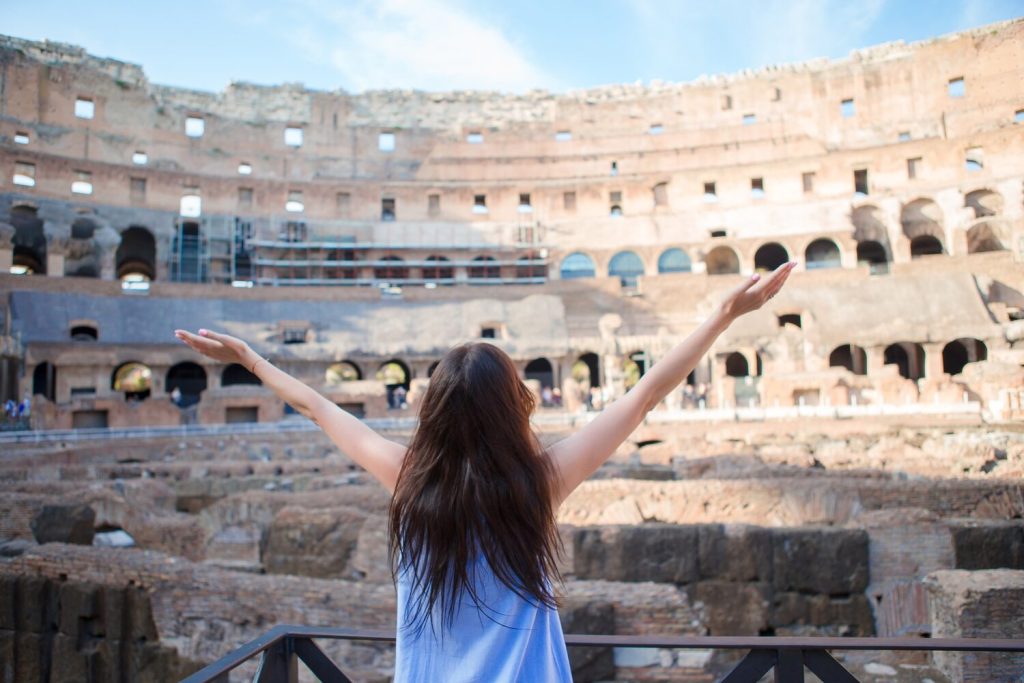
Seasonal Considerations
Choosing the right time to visit the Colosseum can greatly affect your experience. In the summer, the extended daylight hours provide more time to join a guided tour, but it’s important to note that it can be very hot.
If you plan your visit in the summer, make sure to prepare enough sunscreen, water, and protective wear. On the other hand, winter visits are cooler and less crowded, offering a more relaxed atmosphere to appreciate the Colosseum. And for a middle ground, the spring and autumn months are ideal.
During these times, the weather is moderate, the crowds are smaller, and Rome’s natural beauty offers a perfect setting for your visit.
We can’t stress it enough, choosing the right season is crucial to make the most of it.
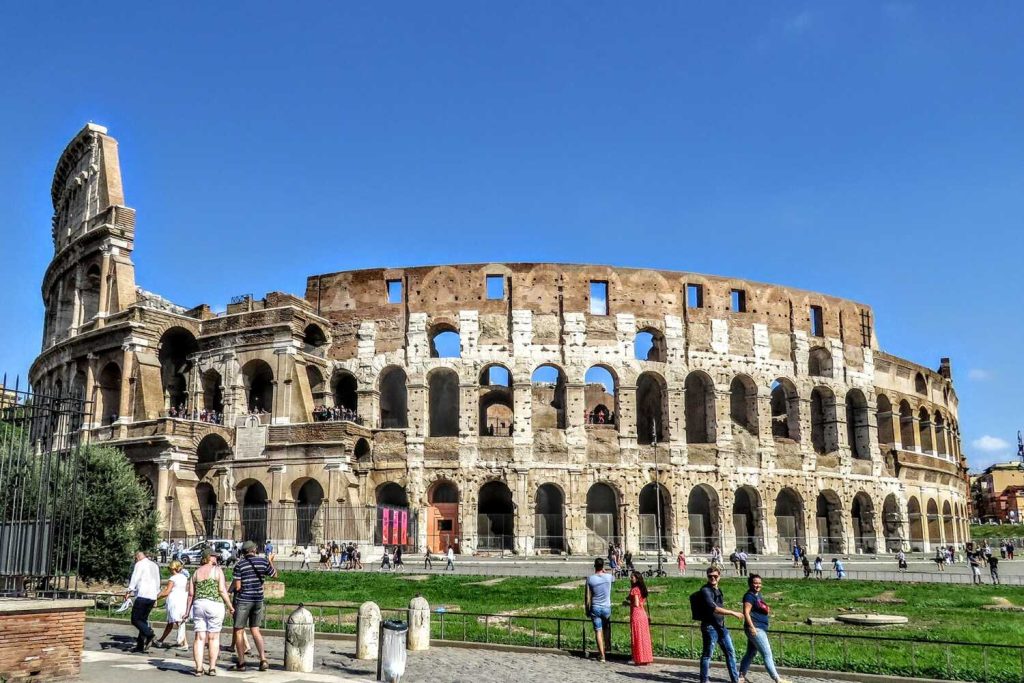
Consider Joining a Guided Tour
Opting for a guided tour at the Colosseum can significantly enhance your visit. These tours provide detailed insights into the architecture, historical significance, and stories of the ancient gladiatorial games that happened back in Ancient Rome.
By choosing a guided tour, you also benefit from quicker entry which can save a lot of time, especially during busy periods. Many tours offer access to normally restricted areas like the underground chambers and upper tiers – You don’t want to miss those!
When choosing your tour, consider options with small groups, headsets for clear listening, and knowledgeable guides to ensure a fulfilling visit.
At Colosseum At Night, we always handpick the best guided tours, and you will want to check the best ones here.
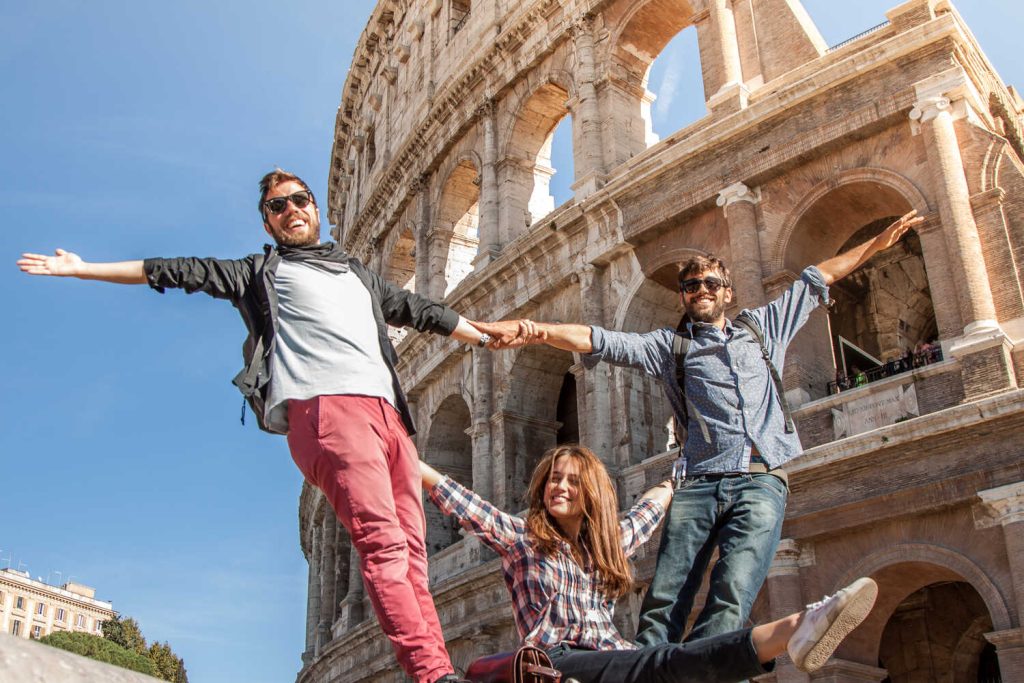
Alternatively, Skip-the-line Tickets are Excellent
We recommend purchasing skip-the-line tickets for the Colosseum. These tickets allow you to bypass the notoriously long queues, saving you a significant amount of time.
This convenience lets you maximize your visit, giving you more time to explore the Colosseum’s rich history and impressive architecture without the hassle of waiting.
Especially during peak tourist seasons, these tickets can be a game-changer, making your visit smoother and more enjoyable.
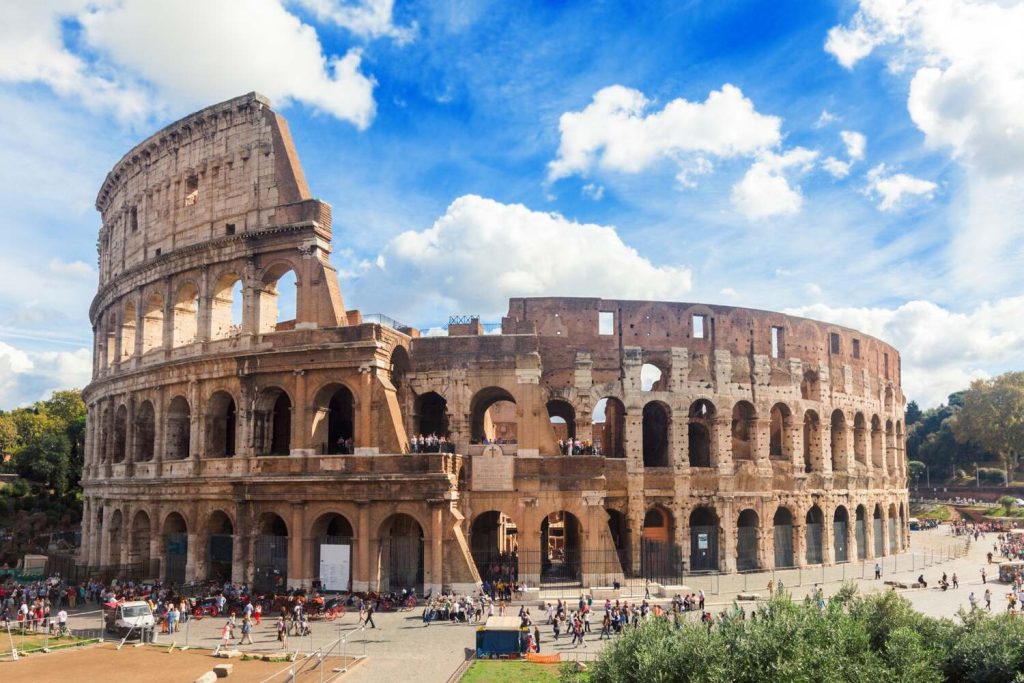
Getting the Roma Pass for the Colosseum
Consider getting the Roma Pass for your visit to the Colosseum. The pass includes not only your entry but also offers additional benefits like free use of the city’s public transport and free or discounted entry to other major attractions.
By using the Roma Pass, you streamline your sightseeing plans and manage your travel budget more effectively. It’s an excellent choice for visitors looking to explore Rome extensively, as it combines convenience with significant savings.
The Underground and Top Levels Are Worth It
The great side of visiting the underground and top levels of the Colosseum, you get a unique view that most visitors miss. The underground chambers, known as the hypogeum, are where gladiators and animals waited for their turn to fight.
These hidden pathways and rooms give you a sneak peek into how things worked back in the day.
Up above, the top levels offer amazing views of the Colosseum and the city of Rome spread out around it. You get to see how big and well-built the amphitheater is, right from a spot where ancient Romans might have stood.
Yes, the inner arena is great and that’s the most impressive part, but visiting the other parts of the Colosseum is just as interesting and we’re confident you’ll have a fabulous time.
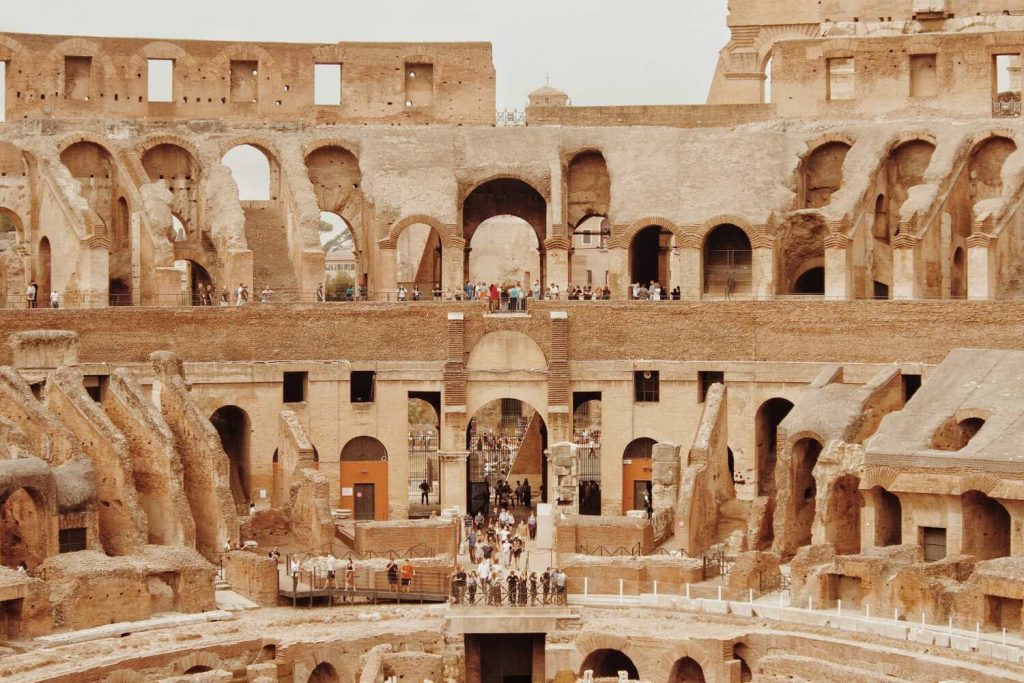
Wear Comfortable Shoes
When visiting the Colosseum, wearing comfortable shoes is essential. You’ll be walking extensively on uneven and often cobblestoned surfaces, so a good pair of supportive sneakers or walking shoes will make the tour much better.
Comfortable footwear not only reduces the risk of slips and falls but you’ll also be comfortable for visiting the Roman Forum, which has uneven floor. Whether you’re climbing up to the upper tiers for a panoramic view or exploring the expansive grounds of the Roman Forum nearby, your feet will thank you for choosing function over fashion.
Remember, the Colosseum is an ancient site, and much of it remains as it was centuries ago, so prepare as you would for a light hike and focus on stability and cushioning.
Use Audio Guides
Getting an audio guide is a good choice, and it’s one of the best tips for visiting the Colosseum that we highly recommend. An audio guide provides detailed explanations of the Colosseum’s history and architecture, and that will make your visit much more unique.
Plus, audio guides are generally cheap. We recommend this one, which includes the tickets to the Colosseum, the Roman Forum, and the guide for less than 40 euros – a bargain!
While visiting the arena is an incredible experience, knowing facts about the Colosseum is much better, and you surely won’t regret spending a little extra.
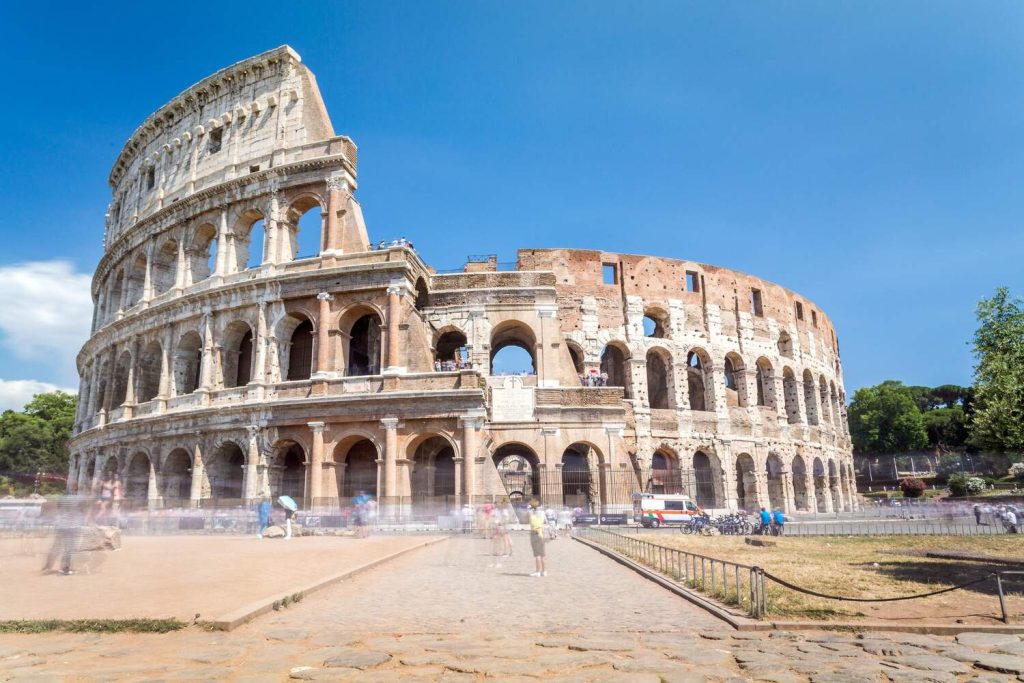
Don’t Bring Big Bags for the Security Screening
When planning your visit to the Colosseum, do everything you can not to bring large bags or backpacks. The security screening process at the entrance is quite strict, and large bags can cause delays and, sometimes, the staff won’t allow you in.
Opt for a small, lightweight bag that can hold all your essentials such as water, a camera, and any personal items. This will help you pass through security quickly and avoid any unnecessary hassle.
Smaller bags are also easier to manage as you walk around the crowded and sometimes narrow passages of the Colosseum. The security screening is similar to that of an airport, so you know what to expect.
Learn the Colosseum History Before Going
This list of local tips to visit the Colosseum wouldn’t be complete without knowing the basic history of the Colosseum. While our dear Arena is a great place to take photos, it’s an historical landmark before all of it.
The Colosseum was originally known as the Flavian Amphitheatre and was already an iconic symbol of the city back in Roman times. It was completed in AD 80 under Emperor Titus
It could hold up to 80,000 spectators and was primarily used for gladiatorial contests and public spectacles such as mock sea battles, animal hunts, and executions.
The Colosseum was built on the site of an artificial lake, part of Nero’s vast palace complex, which was reclaimed by the Flavian emperors who wished to give the space back to the Roman people.
Over the centuries, the Colosseum has faced numerous challenges, including earthquakes, fires, and stone-robbery, leading to the partial ruin we see today.
Despite this, it remains a powerful reminder of Rome’s imperial might and architectural ingenuity. Today, the Colosseum is a major tourist attraction, drawing millions of visitors annually and continues to be a symbol of Rome’s enduring history.
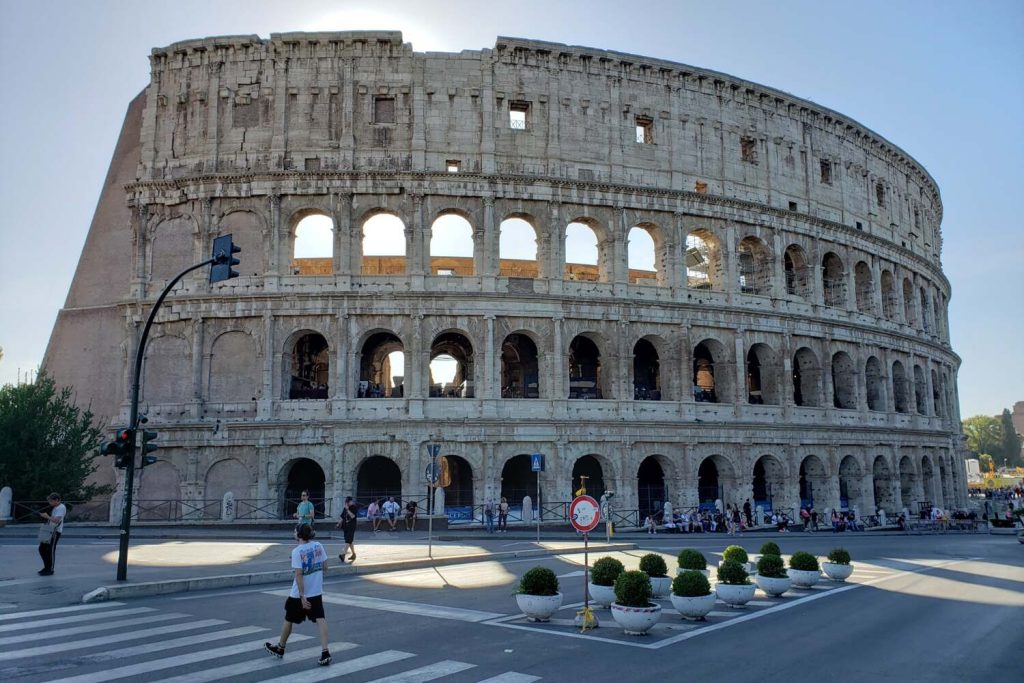
Preparing for Security Checks: What’s Allowed and What’s Not
Knowing the security rules before going to the Colosseum is key. You must know what you can bring and what you can’t. This knowledge makes entering the Colosseum smoother. It also keeps this ancient site safe.
Security is tight, so bring only what you need. Small bags, water bottles, small cameras, your wallet, and phone are okay.
Large backpacks, glass containers, selfie sticks, and anything that might damage the site are banned. Leaving these items at home makes the entrance smoother.
Security is there to keep you and the Colosseum safe. Be ready for a security check like at the airport. This includes walking through a metal detector and having your bag checked manually. Be patient and remember, these steps keep the Colosseum a great place to visit.
Conclusion
Despite centuries of wear and partial ruin, the Colosseum continues to draw visitors from around the globe, captivated by its history and architecture. As one of the most iconic landmarks in the world, the Colosseum not only offers a window into the past but also serves as a poignant reminder of the Roman Empire’s enduring influence on modern civilization.
Whether you’re a history enthusiast or simply looking for a connection to the ancient world, a visit to the Colosseum is an unforgettable encounter with history that resonates well beyond its arches.


